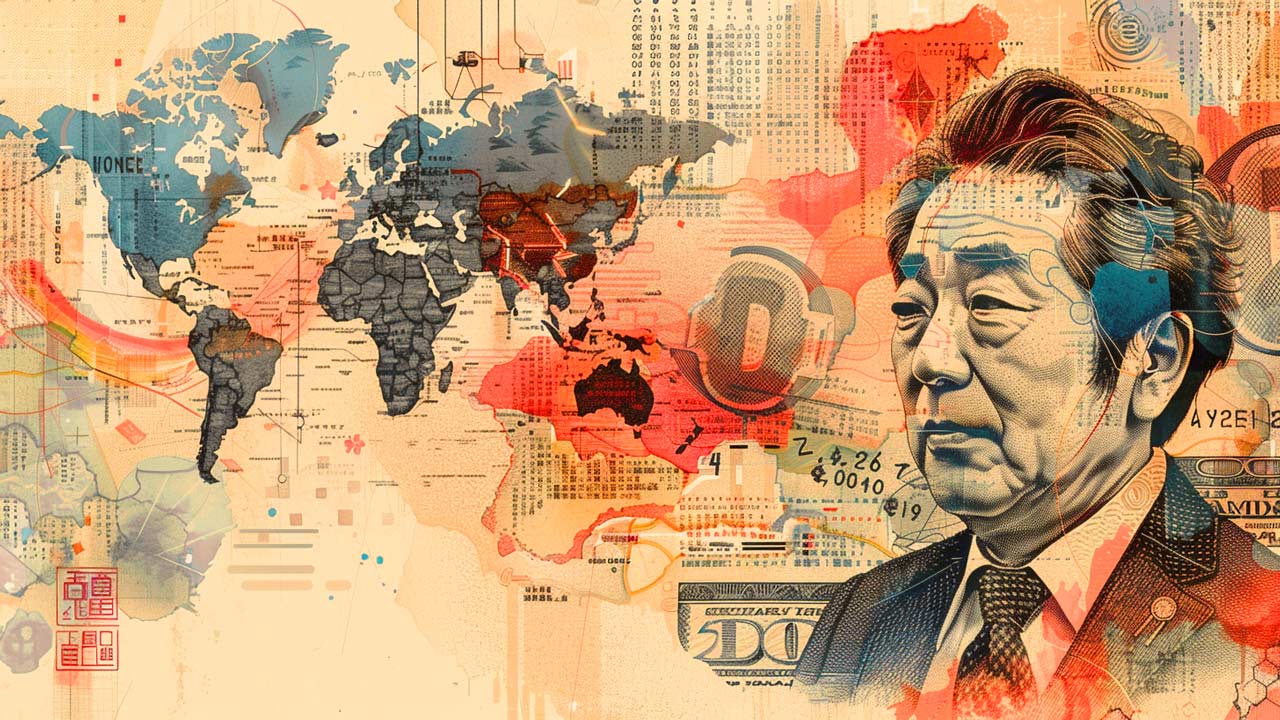Maximizing Your Metals Holdings Using the Gold-Silver Price Ratio (Part I)
 This article was written by Addison Quale, SchiffGold Precious Metals Specialist. Any views expressed are his own and do not necessarily reflect the views of Peter Schiff or SchiffGold.
This article was written by Addison Quale, SchiffGold Precious Metals Specialist. Any views expressed are his own and do not necessarily reflect the views of Peter Schiff or SchiffGold.
Perhaps you’re already familiar with the investment strategy based upon the gold-silver price ratio. For those who are not, allow me to explain a bit about how focusing on this ratio can actually help you maximize your gold holdings.
(A quick disclaimer – SchiffGold does not recommend the trading strategy explained in this two-part article. Some sophisticated traders of gold and silver do employ it to increase their gold holdings. I’m writing about this, because SchiffGold believes gold investors should be aware of the long-term relationship between gold and silver and the implications of this price ratio. You can read more in our free special report – The Powerful Case for Silver.)
The strategy is pretty straightforward once you understand the gold-silver price ratio. The ratio is exactly what it sounds like: the price of gold divided by the price of silver. As of the writing of this article, gold sits at $1098 and silver checks in at $14.17. Dividing, we arrive at a gold-silver ratio of 77.49 ounces of silver to one ounce of gold. SchiffGold tracks the live gold-silver price ratio here.
So what’s the significance? Well, this price ratio is not constant. Over time, it fluctuates enormously. As demonstrated by the chart below, it rarely rose above 20:1 prior to the 20th century. Part of this was due to bimetallism – a monetary policy undertaken by governments through which the gold-silver ratio was actually fixed at a specific level.

Since the beginning of the 20th century, however, the ratio has experienced much greater volatility. As seen in the chart below, the ratio has generally trended much higher – reaching the heretofore unforeseen levels of over 90:1 a couple times. (Interestingly, in terms of the actual ounces of gold and silver found in the earth’s crust, that ratio is about 19:1.)

One of the features of these fluctuations in the gold-silver ratio is that during metals bull markets, silver tends to outpace the gains of gold. And in bear markets, the reverse tends to occur. Silver tends to fall at a faster pace than gold.
Take, for example, the last two bull markets that topped out in 1980 and 2011. In the chart below you can see that the gold-silver ratio reached its lowest point just around the time the gold and silver prices were maxing out:

These trends are also represented well in the chart below covering 2006-2014. You can see that in the strong bull market years of 2010-2011, silver rose much faster than gold – even as gold was rising steadily itself.

The significance of the gold-silver ratio, then, is that it is volatile and tends to fluctuate up and down in a range. If gold investors are savvy, they can trade their metals, switching back and forth between owning gold and owning silver at key moments to realize a profit on their gold — in gold!
Stay tuned for Part II when we explain how you can multiply your gold holdings through watching this gold-silver ratio!
Learn more about the gold-silver price ratio in our FREE special report:
Get Peter Schiff’s latest gold market analysis – click here – for a free subscription to his exclusive weekly email updates.
Interested in learning more about physical gold and silver?
Call 1-888-GOLD-160 and speak with a Precious Metals Specialist today!




 The monetary battle of the 20th century was gold vs. fiat. But the monetary battle of the 21st century will be gold vs. bitcoin. With Wall Street jumping into the game with bitcoin ETFs, a bitcoin halving recently splitting the block reward for miners in half, and both gold and bitcoin hovering near their all-time highs, it’s a great time for […]
The monetary battle of the 20th century was gold vs. fiat. But the monetary battle of the 21st century will be gold vs. bitcoin. With Wall Street jumping into the game with bitcoin ETFs, a bitcoin halving recently splitting the block reward for miners in half, and both gold and bitcoin hovering near their all-time highs, it’s a great time for […] What is Nvidia? If you’re a committed gamer the question may sound like nonsense. Nvidia, which was founded in 1993, is a tech company that makes GPUs and other products. It originally specialized in making products for the video game industry, that assisted in 3D rendering. If you were a committed gamer, you probably owned their products. If you weren’t, you might not have heard of them.
What is Nvidia? If you’re a committed gamer the question may sound like nonsense. Nvidia, which was founded in 1993, is a tech company that makes GPUs and other products. It originally specialized in making products for the video game industry, that assisted in 3D rendering. If you were a committed gamer, you probably owned their products. If you weren’t, you might not have heard of them. With the AI boom and green energy push fueling fresh copper demand, and with copper mines aging and not enough projects to match demand with supply, the forecasted copper shortage has finally arrived in earnest. Coupled with persistently high inflation in the US, EU, and elsewhere, I predict the industrial metal will surpass its 2022 top to reach a […]
With the AI boom and green energy push fueling fresh copper demand, and with copper mines aging and not enough projects to match demand with supply, the forecasted copper shortage has finally arrived in earnest. Coupled with persistently high inflation in the US, EU, and elsewhere, I predict the industrial metal will surpass its 2022 top to reach a […] America’s trust in its institutions has rapidly eroded over the past 20 years. We have a lower level of trust in our judicial system and elections than most European countries. Some of this is natural, as Americans are uniquely individualistic, but much of it arises from repeated government failures.
America’s trust in its institutions has rapidly eroded over the past 20 years. We have a lower level of trust in our judicial system and elections than most European countries. Some of this is natural, as Americans are uniquely individualistic, but much of it arises from repeated government failures. Decades of negative interest rate policy in Japan have ended. That could mean the end of the $20 trillion “yen carry trade,” once one of the most popular trades on foreign exchange markets, and a chain reaction in the global economy. The yen carry trade is when investors borrow yen to buy assets denominated in […]
Decades of negative interest rate policy in Japan have ended. That could mean the end of the $20 trillion “yen carry trade,” once one of the most popular trades on foreign exchange markets, and a chain reaction in the global economy. The yen carry trade is when investors borrow yen to buy assets denominated in […]
Leave a Reply